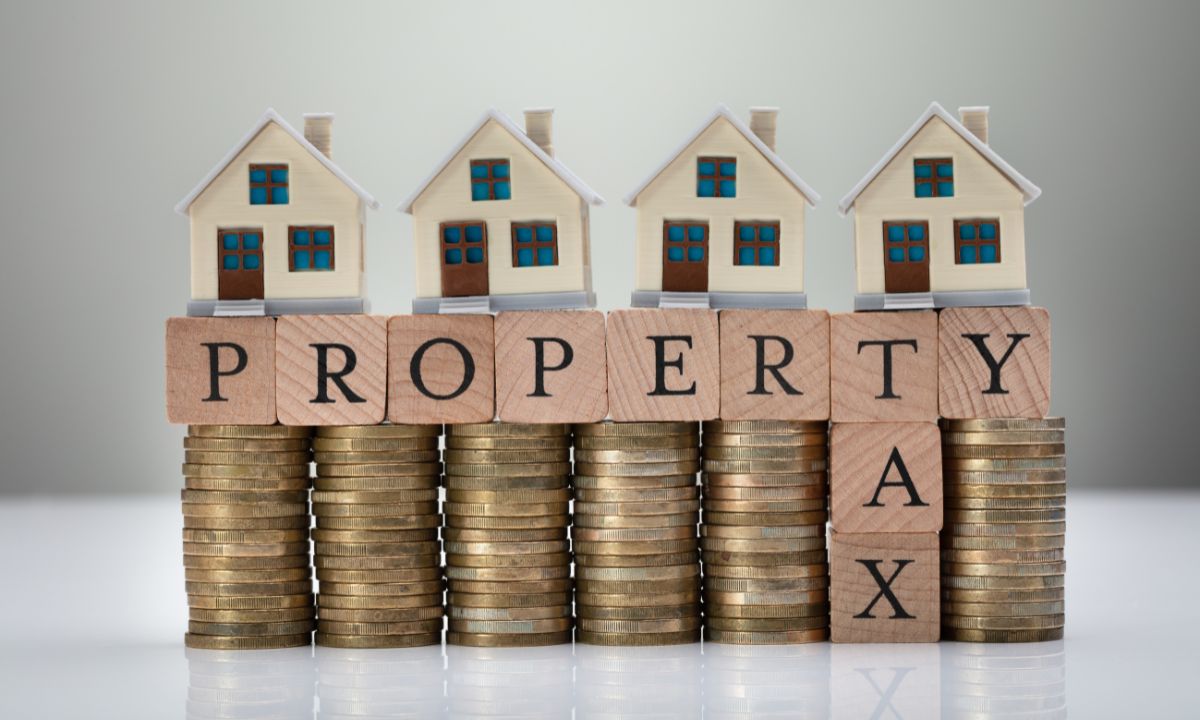The Role of a Co-Signer in Mortgage Applications: Pros, Cons, and Alternatives
 Are you dreaming of owning your own home but facing obstacles in securing a mortgage? You’re not alone. Many aspiring homeowners encounter challenges due to factors like credit history, income, or debt-to-income ratio. There is a potential solution that could help you achieve your homeownership goals: a cosigner.
Are you dreaming of owning your own home but facing obstacles in securing a mortgage? You’re not alone. Many aspiring homeowners encounter challenges due to factors like credit history, income, or debt-to-income ratio. There is a potential solution that could help you achieve your homeownership goals: a cosigner.
A cosigner, typically a family member or close friend, agrees to take joint responsibility for a mortgage loan alongside the primary borrower. While this arrangement can offer several benefits, it’s essential to weigh the pros and cons carefully before proceeding.
Pros of Having a Co-Signer
Higher Approval Odds: If you have a low credit score or insufficient income, having a cosigner with a strong credit history and stable income can significantly increase your chances of mortgage approval.
Access to Better Loan Terms: With a cosigner, lenders may offer you more favorable loan terms, such as lower interest rates or reduced down payment requirements, than you could obtain on your own.
Build or Rebuild Credit: Timely mortgage payments made with the help of a cosigner can improve your credit score over time, potentially allowing you to qualify for future loans independently.
Cons of Using a Co-Signer
Shared Financial Responsibility: Both you and your cosigner are legally obligated to repay the mortgage loan. If you default on payments, it could strain your relationship with the cosigner and negatively impact your credit.
Risk to Cosigner’s Finances: If you struggle to make mortgage payments, your cosigner may be required to step in and cover the payments to avoid default. This responsibility can potentially strain their finances and creditworthiness.
Limited Autonomy: Having a cosigner means involving another person in your financial decisions. You may need their consent for certain actions related to the mortgage, such as refinancing or selling the property.
Alternatives to Co-Signers
While cosigners can be beneficial, they’re not the only option for securing a mortgage. Consider these alternatives:
Improve Your Credit: Work on improving your credit score by paying bills on time, reducing debt, and correcting any errors on your credit report. A higher credit score can make you a more attractive borrower to lenders.
Increase Your Income: Boost your income through a salary raise, freelance work, or a second job. A higher income can improve your debt-to-income ratio, making you a more favorable candidate for a mortgage.
Explore Government Programs: Investigate government-backed mortgage programs designed to assist borrowers with low credit scores or limited income, such as FHA loans or VA loans.
Save for a Larger Down Payment: Save up for a larger down payment, as a higher upfront payment can offset other risk factors in your mortgage application.
While cosigners can help secure a mortgage, they come with their own set of risks and responsibilities. Before enlisting a cosigner, carefully assess your financial situation and consider alternatives that may better suit your long-term goals.
Remember, homeownership is a significant financial commitment, and finding the right mortgage solution requires careful consideration and planning. Whether you choose to proceed with a cosigner or explore other avenues, make sure to seek guidance from a qualified financial advisor or mortgage lender to make informed decisions tailored to your specific circumstances.

 As a homeowner, tapping into your home equity can be a strategic financial move. Whether you’re renovating your house, consolidating debt, or covering major expenses, two popular options stand out: home equity loans and home equity lines of credit (HELOCs). Understanding the differences between these two can help you make an informed decision that best suits your needs and financial goals.
As a homeowner, tapping into your home equity can be a strategic financial move. Whether you’re renovating your house, consolidating debt, or covering major expenses, two popular options stand out: home equity loans and home equity lines of credit (HELOCs). Understanding the differences between these two can help you make an informed decision that best suits your needs and financial goals.
 In the realm of real estate, the dream of homeownership often feels like a distant horizon for many individuals and families. Skyrocketing property prices, coupled with stagnant wages, have created significant barriers to entry into the housing market. However, amidst these challenges, there is a glimmer of hope in the form of affordable housing initiatives. These strategies aim to break down the financial barriers and make homeownership accessible to a wider range of people. In this blog post, we’ll explore some innovative approaches that are reshaping the landscape of affordable housing.
In the realm of real estate, the dream of homeownership often feels like a distant horizon for many individuals and families. Skyrocketing property prices, coupled with stagnant wages, have created significant barriers to entry into the housing market. However, amidst these challenges, there is a glimmer of hope in the form of affordable housing initiatives. These strategies aim to break down the financial barriers and make homeownership accessible to a wider range of people. In this blog post, we’ll explore some innovative approaches that are reshaping the landscape of affordable housing. Purchasing a new home is an exciting milestone, but it also comes with various responsibilities, including understanding property taxes. Property taxes are a crucial aspect of homeownership, as they contribute to local government funding and services. In this guide, we’ll break down everything you need to know about property taxes as a new homebuyer.
Purchasing a new home is an exciting milestone, but it also comes with various responsibilities, including understanding property taxes. Property taxes are a crucial aspect of homeownership, as they contribute to local government funding and services. In this guide, we’ll break down everything you need to know about property taxes as a new homebuyer.